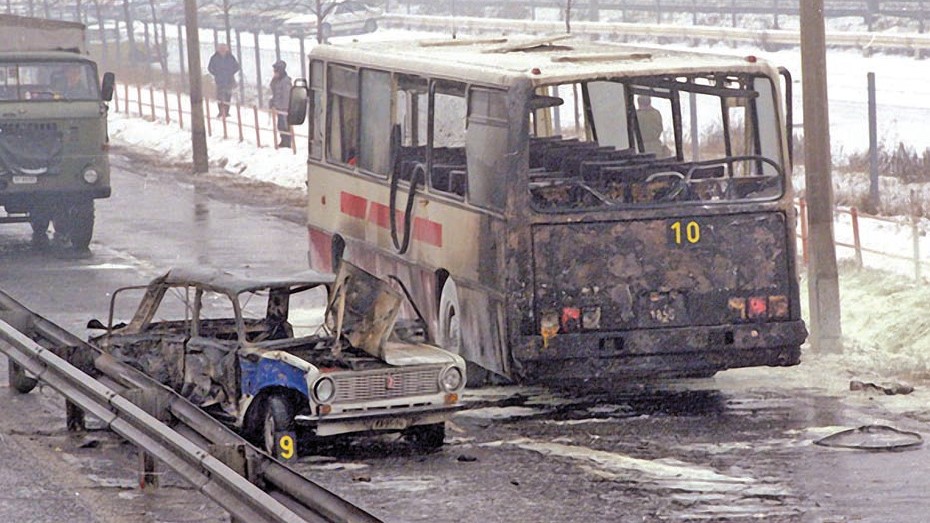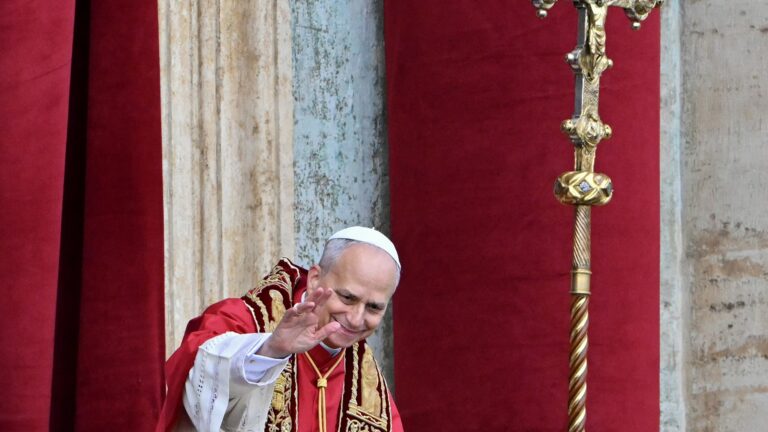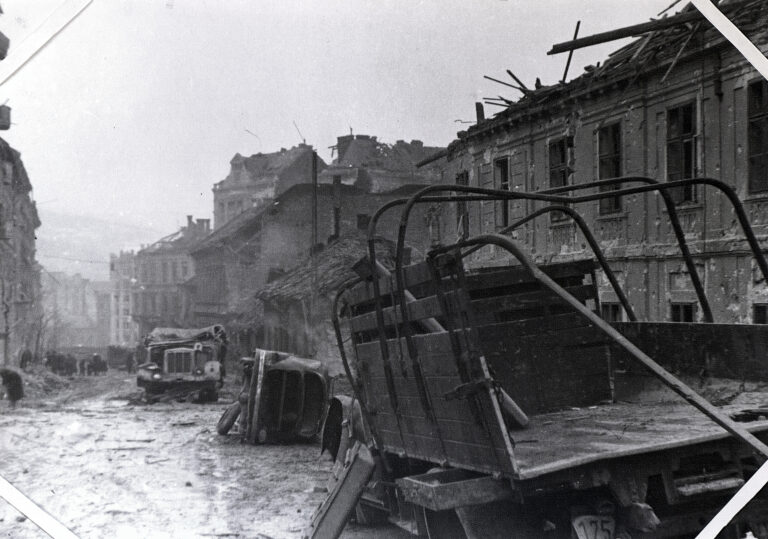Everybody wanted to go to Budapest, or rather, to travel forward from there. Initially, there were long queues for Malév tickets. People speculated with them, counterfeited them, and then lied about having them.
The Moscow offices of the Hungarian national airline were teeming with clients in the autumn of 1989, and most of the customers were Jewish. They were looking for a way to get away from the societal collapse of the Soviet Union. Ultimately, Hungary offered the way out to 160,000 of them between March 1989 and January 1992.
While more drawn out, it was a greater wave than that of the of East German emigrants let through in the summer of 1989, when Hungary made their celebrated move to open the Western border. The contribution of Budapest to the exodus of Soviet Jewry is one of the great stories of the system transition. But how did all this happen?
When Soviet-style socialism ended more than 35 years ago in Central Europe, the new democratically elected government of the region faced the challenges of building a better system and making up for past wrongs. The bricks of natural order in societies, shattered by the vassal regimes of Moscow, did not just fall in place by the stroke of a pen. They needed meticulous gathering, rearranging, and assembling for the sake of a liveable future.
One of the issues at hand were the people who just wanted out of the bleak reality of Eastern Europe. Socialist regimes were always obsessed with controlling the mobility of their citizens. They were rightfully so, from their own perspective. Unlimited travel to the Free World could have meant free circulation of ideas about democracy, a better world, and also the opportunity for people to just vote with their feet and seek shelter on the other side of the Iron Curtain.
‘On the other side of the Iron Curtain, there were the thriving Western diaspora communities, and the young and dynamic state of Israel’
This obsession resulted in heavy restrictions for many, especially in terms of emigration, but for simple travel as well. One of the groups that was gravely impacted was Jewish citizens of the Soviet Union, who suffered varying levels of repression from the ostensibly emancipated Soviet state, not to mention the economic hardships. On the other side of the Iron Curtain, there were the thriving Western diaspora communities, and the young and dynamic state of Israel.
Emigrants were permitted to leave in groups of several thousand, especially in the second half of the 1970s, but that was a very small number compared to the masses waiting for an ‘exit visa,’ which meant permission to emigrate, but also the mandatory selling of all assets and the relinquishment of Soviet citizenship. The scale of emigration demand became clear in 1988 when the crumbling Soviet Union finally opened the floodgates. In that first year alone, there were 20,000 emigrants, which in 1989 jumped to over 70,000, and then 202,000 in 1990.
‘In March 1990, the motorway leading towards the Ferihegy (now Ferenc Liszt) airport was bombed by the West German Red Army Faction’
But for most, there was simply no transport to leave. Israel was, in a sense, on the other side of the Iron Curtain for Soviet Bloc citizens. Since all Soviet-vassal countries were obliged to support the Arab allies of Moscow in the Cold War, Israel was officially considered an enemy, and there was practically no way of travelling there directly. Romanians, who played both sides of the Cold War to maintain their North-Korea-in-Europe style hermit kingdom internationally, had flights to Tel Aviv, but they were apparently fearful of transporting great amounts of Jews. Arabs were looking warily to a demographically strengthening Israel, and the Soviet exodus meant upending the long-term geopolitical balance for them.
But there were the Hungarians, who at the spearheaded the Western integration of Eastern European states. Budapest opened a commercial air route in March 1989 to Tel Aviv to get some hard cash, first from travellers arriving from ‘capitalist’ countries. But when representatives of the Jewish Agency—and, among others, Benjamin Netanyahu himself, then a mid-level official of the Israeli government—came along towards the end of that year to arrange for the direct airlift of emigrants to the State of Israel, the role of Hungary quickly extended beyond the banality of commercial airlifts, to rise to geopolitical importance.
The commitment of the Hungarians meant taking serious risks as well. The Islamic Jihad threatened the (now defunct) Hungarian national airline Malév in March 1990 over the maintenance of the airlink, which even led to a micro-revolt of the employees of the airline on 21 March, a novel phenomenon after decades of authoritarian management. A short stoppage ensued as a result, but then the government stepped in and managed to reach an agreement with the airline about the continuation of the flights, although on a somewhat smaller scale. It was even more impressive that all this was managed while the buzz of the first democratic elections was at its height in Hungary.
But disgruntled employees were not the only difficulty that hindered the operation. On 23 December 1991 a serious terrorist attack took place in Budapest: the motorway leading towards the Ferihegy (now Ferenc Liszt) airport was bombed by the West German Red Army Faction. The group wanted to kill a busload of refugees on their way from a temporary shelter to the Tel Aviv plane. Out of sheer luck, they botched their timing, and no one was killed, although two policemen were seriously injured.
Why did Hungary agree to such risky business? Obviously, largely in order to prove the country’s commitment to the West. However, what needs to be added is that Budapest was in no way obliged to do it. It was a choice that the exiting Socialist and the freshly elected conservative governments made with this major geopolitical and humanitarian undertaking.
Not all Soviet Jews managed to secure a ticket to a new life, but most did, which was a historical feat in which Malév and the Hungarian governments of the time played a significant part, both before and after the democratic elections of 1990. The undertaking needs to be remembered and assigned a proper place in the history of the system transitions of Central Europe.
This article was based on the author’s research conducted at the Danube Institute. The full is accessible here.







